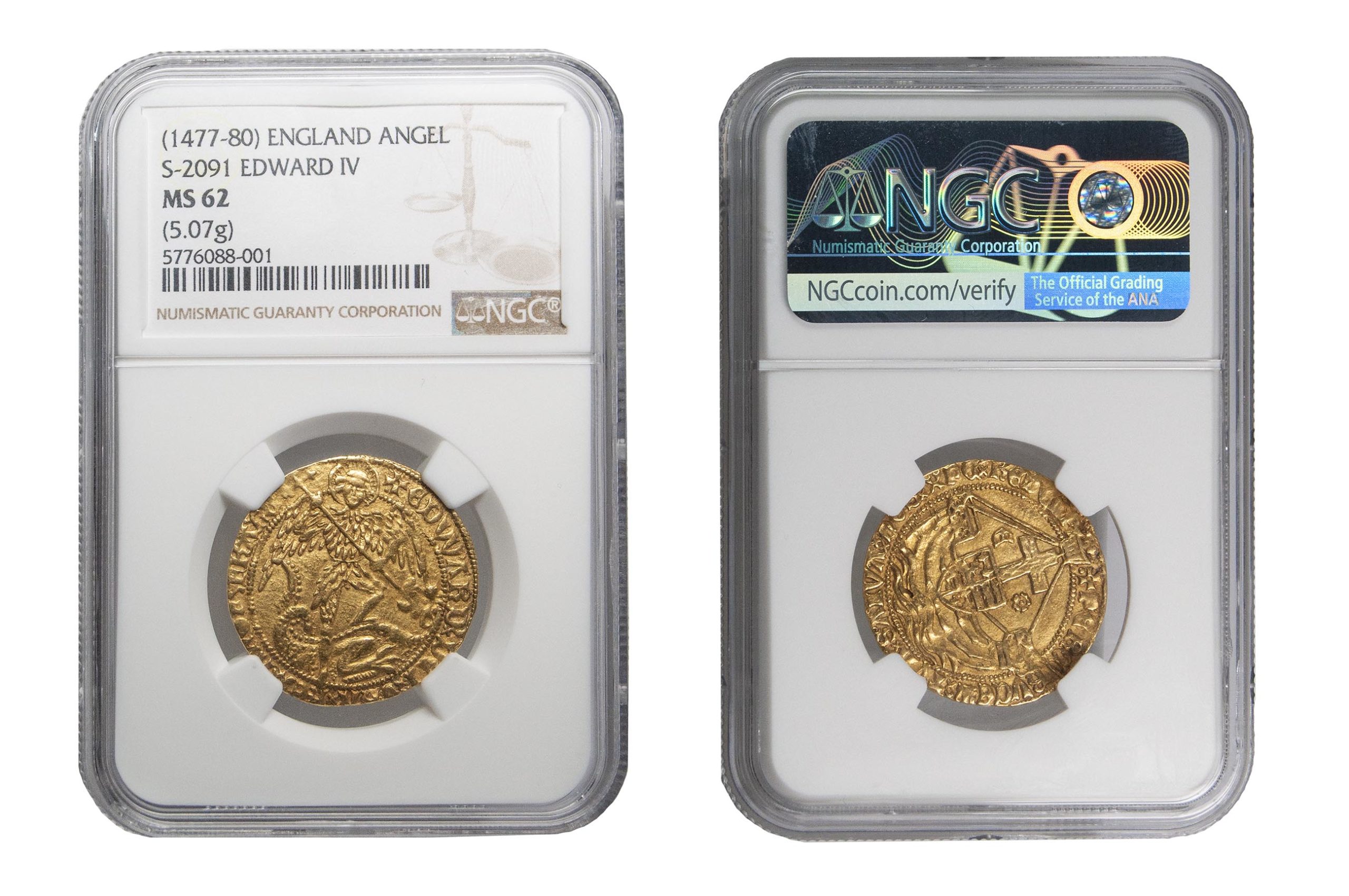Edward IV born on the 28th April 1442 at the port city of Rouen in the northern French region of Normandy, to Richard Duke of York and Cecily Neville. Crowned June 28th 1461 at Westminster Abbey aged just nineteen, wedded to an Elizabeth Woodville. Died 9th April of 1483 aged thirty nine. The first King of the House of York securing his claim to the throne by vanquishing the Lancastrians during the Battle of Towton on the 29th March 1461, often dubbed the bloodiest battle in the Wars of the Roses. This essentially culminated in Edward IV displacing Henry VI, crowned shortly afterwards.
As King he had gained a reputation for being politically savvy, known as an accomplished statesman and equally a capable soldier. The War of the Roses, his dislocated relationship with the Earl of Warwick (Richard Neville – his chief ally, cousin and de facto mentor), Warwick’s defection and the Battle of Barnet, the role of Margaret of Anjou, the push for marriage with Elizabeth Woodville despite her hailing from a family of Lancastrian sympathisers, Henry VI’s murder at the Tower and all the associated intrigue; when blended together are inextricable factors in the field of vision when Edward IV is considered. A tumultuous, mildly progressive and dramatic double reign spanning 1461-70, then reinstated from 1471-83. Equally it was during his reign that Caxton introduced the English printing press, Kent born William Caxton travelled to Germany to witness firsthand the developments of the Gutenberg press; on returning home he pioneered the first printed English book, the ‘Dictes or sayingis of the Philosophres [1477] and the poems of Chaucer.
Numismatically, a rich innovative period especially in the realm of hammered Gold. In his first regnal years we witness the introduction of two new denominations, the Ryal (or Rose Noble) having a value of 10 shillings and the first Angels, struck up carrying the value of six shillings and eight pence, to replace the old Noble which ceased in production by 1464. The initial Angels were somewhat inspired by the French Angelot that had been issued since the mid 14th century, archangel Michael slaying the dragon being the recognized or universal motif of these new coins. They were referred to as Angel-Nobles at first, the ecclesiastical design made them immediately recognisable.
In his second reign, the area of focus here, only the Angel and its half were the sole Gold denominations issued, this paid tribute to the success of both coins, perhaps most importantly the former held up the essential measure of six shillings and eight pence, integral to commerce. They were offered in Tower mint with seven accompanying mint mark combinations or as a Bristol mint, sporting a B in the reverse waves, exclusively to the mintmark small annulet (1472-73), a recognised rarity. None were struck at the Ecclesiastical mints of Durham or York, Tower mint types can be narrowed down to the following mintmarks, short cross fitchee (1471), large annulet (1471-72), pellet in annulet (1473-7), cross and four pellets (1473-77), pierced cross (1473-77), pierced cross and pellet (1477-80) and lastly Heraldic cinquefoil (1480-83).
Gold Angels, with their inception in Edward IV’s first reign continued to be issued right the way up to Charles I’s time, with Nicholas Briot’s pattern Angel being the great rarity known, three in private hands; more common examples presenting at auction or dealers trays as 10 shilling Angels, Royal touchpieces. The journey of the Angel saw a monetary fluctuation from 6s 8d right up to 11s, an important coin heavily collected in the hammered Gold English series, still enjoying a broad appeal today. The iconic and timeless design helped separate it from other contemporary pieces, distancing itself from the representation of the King in ship, with its lofty nautical evocations that had been in the popular consciousness since the second period Nobles of Edward III in 1344-46.
Find herewith two excellent and distinguished examples, both carrying the pierced cross and pellet mintmarks issued between 1477-80. The Gold used was at a fineness of 23ct (0.995 fine) at a nominal weight of 5.184 grams to the Angel of six shillings and eight pence (6s 8d).
BIBLIOGRAPHY:
- Schneider, ‘The Herbert Schneider collection, Volume 1, English Gold Coins 1257-1603’ Woodhead, P, Spink 1996 (SCBI 47)
- ‘Coins of England’ Pre Decimals edition, 2020, Spink
- Kings and Queens : The Concise guide, Cavendish, R. D&C 2007
- ‘The coinages of Edward IV and of henry VI (restored) C .E. Blunt and C. A. Whitton, BNJ 25 (1945) pp 4-59




